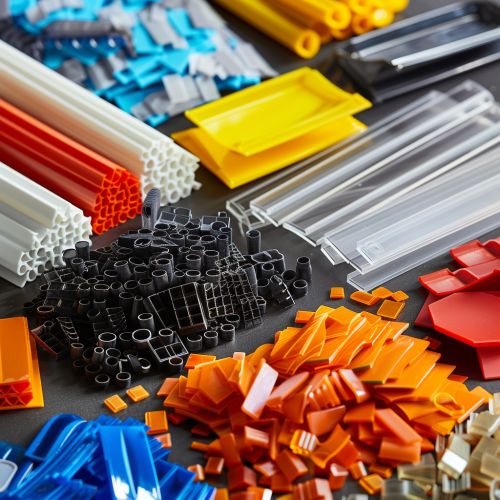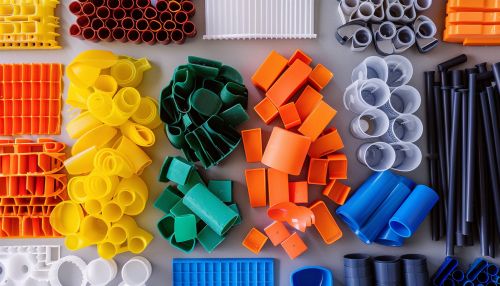Plastic
Introduction
Plastic is a material consisting of any of a wide range of synthetic or semi-synthetic organic compounds that are malleable and can be molded into solid objects of diverse shapes. Plastics are typically organic polymers of high molecular mass, but they often contain other substances. They are usually synthetic, most commonly derived from petrochemicals, but many are partially natural.
History
The development of plastics has evolved from the use of natural plastic materials (e.g., chewing gum, shellac) to the use of chemically modified, natural materials (e.g., rubber, nitrocellulose, collagen, galalite) and finally to completely synthetic molecules (e.g., bakelite, epoxy, polyvinyl chloride). Early plastics were bio-derived materials such as egg and blood proteins, which are organic polymers. In around 1600 BC, Mesoamericans used natural rubber for balls, bands, and figurines. Treated cattle horns were used as windows for lanterns in the Middle Ages. Materials that mimicked the properties of horns were developed by treating milk-proteins (casein) with lye. In the 1800s, as industrial chemistry developed during the Industrial Revolution, many materials were reported. The development of plastics also accelerated with Charles Goodyear's discovery of vulcanization to thermoset materials derived from natural rubber.


Types of Plastics
There are two types of plastics: thermoplastics and thermosetting polymers. Thermoplastics are the plastics that do not undergo chemical change in their composition when heated and can be molded again and again; examples are polyethylene, polypropylene, polystyrene, polyvinyl chloride, and polytetrafluoroethylene (PTFE). Thermosets can melt and take shape once; after they have solidified, they stay solid.
In the thermosetting process, a chemical reaction occurs that is irreversible. The vulcanization of rubber is a thermosetting process. Before heating with sulfur, the polyisoprene is a tacky, slightly runny material, but after vulcanization the product is rigid and non-tacky.
Production
Plastic production begins with the distillation of crude oil in an oil refinery. This separates the heavy crude oil into groups of lighter components, called fractions. Each fraction is a mixture of hydrocarbon chains (chemical compounds made up of carbon and hydrogen), which differ in terms of the size and structure of their molecules. One of these fractions, naphtha, is the crucial compound for the production of plastics.
Environmental Impact
Plastics have substantial environmental impacts. The sheer volume of plastic waste generated coupled with energy and material inputs is considered by some to be a major sustainability issue. Plastic debris, laced with chemicals and often ingested by marine animals, can injure or poison wildlife. Plastic buried in landfills can leach harmful chemicals that spread into groundwater. Around 4 percent of world oil production is used as a feedstock to make plastics, and a similar amount is consumed as energy in the process.
